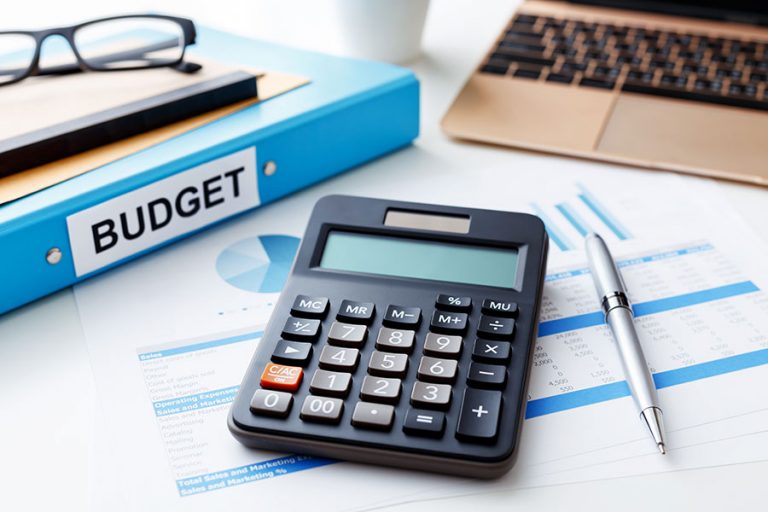Did you know that you can do 100% financing to purchase a home? Many purchasers still believe that in order to purchase a home, you MUST have at least 20% saved up for down payment. Actually, there are several loan options that allow for shoppers to do 100% financing (VA, USDA, and VHDA to name a few). Even though there are $0 down options, it’s still extremely wise to have a large down payment saved up for your purchase. There are many benefits of a large down payment, so here are five quick tips on how you can go about saving up for one.
First and foremost, you need to open a savings account. A mortgage lender isn’t going to want to see cash stuffed in a mattress. And besides, unless you have your money separated out, you’ll most likely spend it on day-to-day expenses. Most savings accounts are very quick, easy, and free to set up. You can open one at a physical/local branch or there are even online only bank options if you choose.
Once you have a savings account set up, you may want to create a monthly household budget. I’ve always just created a good old-fashioned spreadsheet, but there are also numerous budgeting apps now out there – here’s a look at the top 13 budgeting apps for 2017. Be sure to include all the nitty-gritty items that you may spend money on each month. You should have some fixed expenses that recur at the same amount each month and some variable amounts. Perhaps this is a good time to evaluate your car payments, student loan debt, and/or if you really need a Netflix, Hulu, and Prime Video account.
One trick to help you stick to a budget is to use cash for certain purchases. Perhaps you budget $200/month for take out meals. If you give yourself that $200 in cash at the beginning of the month, you’ll find that you’ll be way more conscientious of how that money is being spent because you can physically see it diminish. By the end of the month, your food choices may have dwindled back down to the dollar menu. This is a helpful tip for take out meals, groceries, monthly entertainment, clothes, and/or perhaps gas/transportation. You might even create several groupings of cash to help create the discipline to stick to the budget.
A quick look at your budget may reveal how much you spend monthly on ongoing debts. Dave Ramseyhas tons of advice on how to best handle debt, but the Debt Snowball Method may be one of the best tools to free up some extra money to sock away for down payment. Simply put, you focus on the smallest debts first and attack those with all of your extra monies until it’s paid off. And then you move onto the next debt. The excitement and success of canceling debt begins to build momentum and propels you to tackle the larger ones. Another method may be to organize your debts and see which has the highest interest rate and pay the highest ones first. This minimizes the daily expense of debt and also the compounding effect.

With the creation of a savings account, you can now make saving money automatic. Life can get in the way and distract us, but one useful tool to prevent that is setting up your bank accounts to automatically make a deposit into your savings account every pay cycle. Some employers can even set it up with direct deposit so that you are almost completely unaware of the money being pulled out. Small amounts of money given consistently over time will add up to a sizable sum for down payment. You may also be disciplined enough to push money leftover at the end of the month into your savings account and start afresh.
Even though you can purchase a home without a down payment, it is still very important to develop the art of saving prior to purchasing a home. These five simple tips will help get you on your way towards a down payment and open yourself to more loan options. If you’re thinking that you may be ready to buy, you can get started now by creating a budget, opening a savings account, using cash for purchases, paying off debts, and creating systems for automatic savings.

